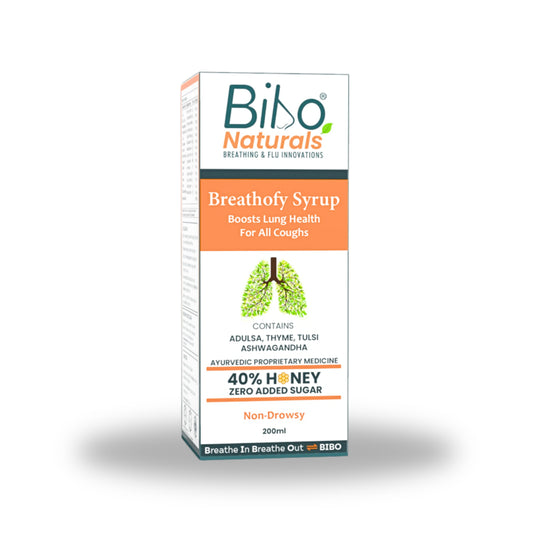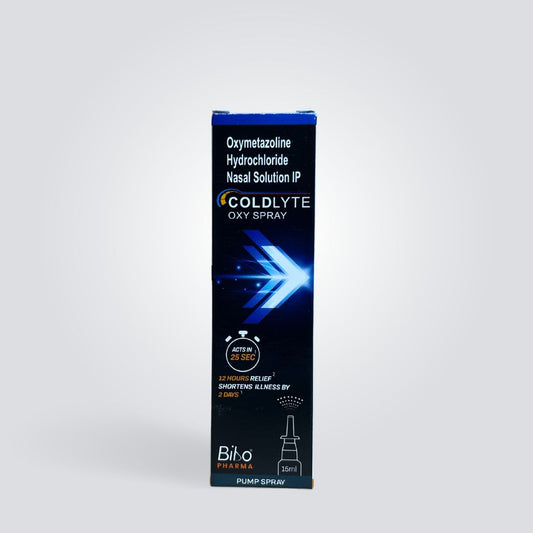
Blog written by: Dr Anju Balakrishnan
Sinusitis is the inflammation of tissues lining the sinuses. Sinuses are nothing but empty spaces in our skull. They are filled with air and make our skull light in weight. The sinuses continuously produce mucus which will be drained from the sinus passages. In sinusitis, the sinuses get inflamed, which makes mucus drainage difficult. So when there is fluid or mucous retention, then germs will grow and cause inflammation.
Sinusitis is mainly of 4 types – Acute, Sub-acute, Chronic and Recurrent sinusitis. Acute sinusitis usually lasts 4 weeks, associated with a cold, stuffy nose and facial pain. Whereas in Sub-acute sinusitis, symptoms last for 4 to 8 weeks. In Chronic, all the symptoms last for more than 8 weeks, and in Recurrent, there will be various attacks within a year.
Symptoms
We can observe post-nasal drainage, i.e., a thick discoloured discharge will be drained down the throat, breathing difficulty, pain, tenderness and swelling around the eyes, forehead, nose and cheeks and reduced sense of smell. The person may even complain about cough, earache, sore throat etc.
Causes
Recurrent cold, allergic rhinitis, nasal polyp and deviated nasal septum can lead to sinusitis.
According to the classics, impairment of Tridoshas (vata, pitta and kapha) can be responsible for sinusitis. Like morbid kapha dosha gets accumulated in the sinus, which can further vitiate vata dosha. Similarly, vitiated pitta also impairs the sinus. Excessive exposure to cold climates, regimens and even an impaired immune system may be responsible for sinusitis.
Diagnosis
Sinusitis can be diagnosed by means of physical examination, nasal endoscopy, allergy testing, sinus cultures and also with the help of imaging techniques like CT and MRI.
Treatment principles
In Ayurveda, the treatment mainly includes Panchakarma (detoxifying procedures), which includes Nasya karma and Shirodhara, which enhances psycho-somatic balance.
Nasya karma is the purificatory measure by which vitiated doshas are expelled out through the nasal opening. Medicated oil, powder, juice or fumes are instilled through the nasal cavity. Pre-procedures like Dipana (Appetizer), Pachana (Digestive), Snehana (oiling), and Swedana (hot fomentation) are to be done before nasya karma, and after that, the post-procedures like Dhoomapana (inhaling smoke) and gargling are also practised. A special dietary regimen has to be followed for a certain duration.
Shirodhara is the procedure of pouring the liquid, especially oil, buttermilk, milk or decoctions. This procedure is said to have calming and soothing effects on the body and mind.
Along with purificatory procedures, internal medicaments are also given for symptomatic relief. Proper diet and lifestyle modifications have to be practised to attain the best results out of these treatments.
Home remedies
Netikriya can be done to remove excess mucus and germs from the sinuses.
Steam inhalation and gargling can relieve symptoms temporarily.
Single herbs and their combinations like Guduchi (Giloy), Vasa (Adulsa), Pippali (Long pepper), Kantakari and many more drugs can be used to treat the conditions. These drugs reduce inflammation, help to enhance immunity, and prevent and fight against infections.
Also, never forget to hydrate yourself with plenty of fluids, take rest and sleep with your head elevated.




